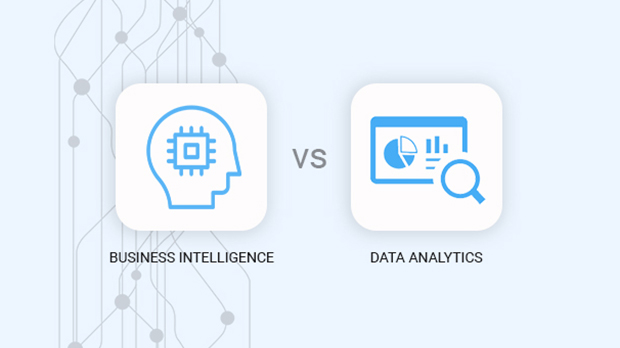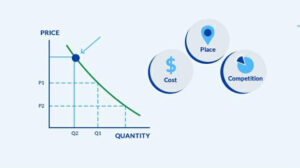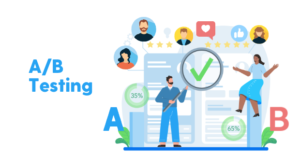The whole world is riding on the AI wave, and we often see people using many terms, such as machine learning and AI interchangeably. I often feel pretty awkward in such situations.
We don’t want to be so obvious and correct them, and neither do we want to let them use those words to create more chaos in this vast world of data science and its glossary. Now and then a new word, a new term is discovered, and people use it as if they have been using it forever.
One such confusing pair is Business Intelligence and Data Analytics. Ah! I have even heard people saying Business Analytics. Now to get into the depths of clarifications, let’s understand what each term means and whether we can use them interchangeably.
What is Business Intelligence
Business Intelligence, i.e. BI is a process of gathering data, applying ETL methodology and extracting meaningful KPIs, and answering critical questions that can help make more informed decisions for the benefit of an organization.
What is Data Analytics
In simple language data analytics is a process of looking at the gathered data, using mathematical formulae plotting historical trends, and based on available ample information predicting or forecasting future trends of changes in the data. Many times, this involves considering past present, and foreseeable future impacts on the data and evolving the mathematical logic accordingly to ensure more accurate predictions are made.
Comparison between Business Intelligence and Data Analytics
Considering the understanding of both, we can think of some very distinct variations in the processes both follow. BI looks at historical data and describes it in a more relevant and considerate way to ensure the information is at a summarised grain and provides a value add in the decision-making process whereas Data Analytics picks up the same information but utilizes it differently. Data Analytics looks at the data and puts together the most relevant questions that might arise in the future. In simple language, BI looks backward in time, and Data Analytics looks forward in time but eventually both deliver the same advantage of making informed decisions for strategic business meetings. Hence drawing any conclusion is tough at this point.
We may need to go further into the approaches followed in both mechanisms to differentiate between them. This will help us understand the distinction between ways of working. Data analytics is hierarchically categorized into three sub mechanisms, Descriptive, Predictive, and Prescriptive. Descriptive Analytics deals with visualizations, is easy to understand, and interpret KPIs such as Global Sales Report, and Global Supply Chain Dashboard.
Predictive Analytics is forecasting for business based on actual data from Descriptive, for example, Demand forecasting for the next 24 months or Sales forecasting for individual retail stores by comparing sales to the past few months as well as last year’s data. Prescriptive Analytics stands out as it is the most complex form; it provides what actions to be taken to improve ongoing sales, crisis situations, etc. This involves more complex algorithms.
Based on this information, we may come to a conclusion that BI is more Descriptive and a little bit predictive since the visualizations and KPIs help predict numbers to drive decisions.
This might help us to reach a conclusion that the current BI practices take support from data analytics and are a subset and both require data gathering, cleaning, and loading to operate. Along with the evolution of many business processes, BI has also evolved, and organizations are utilizing the resources to benefit from them. Some organizations categorize BI into three types: Data Analytics, Data Mining, and Big Data.
Data Mining generally focuses on determining different patterns in the data available, and it helps spot sales trends, predict customer loyalty, or help optimize trade promotion.
Big Data means a very large volume of data. It might consist of Structured data, unstructured data, logs or data feeds such as social media or sensor logs, etc., and it grows exponentially. The data in Big Data is categorized by volume, variety, velocity, and veracity. Once we cover this under the umbrella of the Business Intelligence, the Business Intelligence system can act on many recurring decisions on its own and many automation rules become very easy to apply as well as to track.
This totally topples the conclusion we reached above. In such cases, Business Intelligence is a much broader term, and it doesn’t end at visualization and delivering KPIs; instead, it plays a crucial role in driving businesses through transformation.
And of course, leaving Business Analytics for some other time now!
Enhance your data analytics and business intelligence with an automated cloud data pipeline. Daton is a simple data pipeline that can populate popular data warehouses like Snowflake, Google BigQuery, Amazon Redshift and acts as a bridge to data mining, data analytics, and business intelligence. Sign up for a free trial of Daton today!!













